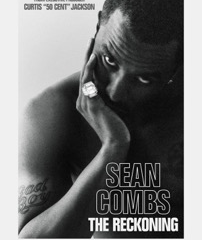Advice
Mastering Pre-Production for Film Success
Understanding Pre-Production
Pre-production is a crucial phase in the filmmaking process that involves comprehensive planning and organization before the cameras start rolling. It encompasses various activities that contribute to the successful execution of a film project. During this stage, filmmakers outline their vision, establish budgets, secure locations, and assemble their cast and crew. These foundational elements are integral in ensuring that the filming process proceeds smoothly and efficiently.
One common misconception about pre-production is that it is merely an administrative formality or a preliminary step. In reality, it plays a vital role in determining the overall quality of the final product. A thorough pre-production process enables filmmakers to anticipate challenges, allocate resources effectively, and create a detailed shooting schedule. This level of preparation significantly reduces the likelihood of unforeseen complications during filming, which can lead to delays and inflated budgets.
Pre-production also involves creating a comprehensive script breakdown, where each scene is analyzed for its requirements in terms of costumes, props, and special effects. This meticulous attention to detail ensures that the filmmakers have a clear understanding of what will be needed during the shoot. Furthermore, casting decisions made during pre-production are critical, as the right actors can bring characters to life in a way that resonates with the audience.
In summary, pre-production is not simply a phase to be rushed through; it is an essential element of the filmmaking process that lays the groundwork for a successful film. By recognizing the importance of this stage, filmmakers can effectively navigate the complex landscape of production and elevate the quality of their final product. Proper planning in pre-production provides a roadmap for the entire project, ultimately enhancing the viewers’ experience.
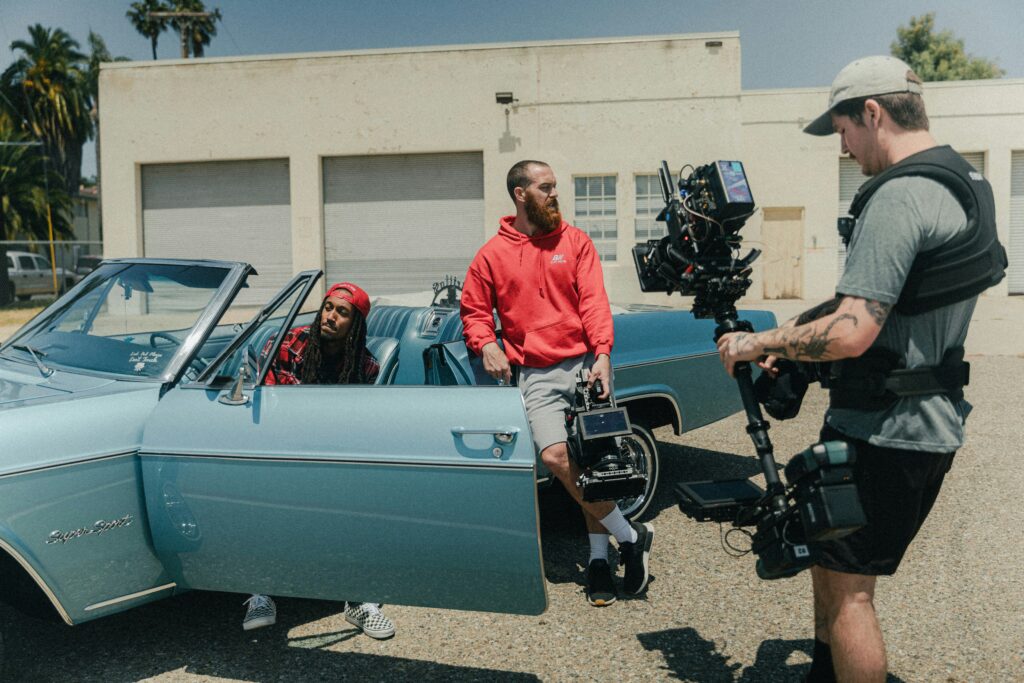
Budgeting: The Financial Blueprint
Budgeting serves as the financial blueprint for any film project, establishing a framework that guides the production team through the intricate process of filmmaking. A meticulously developed budget allows filmmakers to allocate resources efficiently, ensuring that every dollar is accounted for while fulfilling creative goals. At its core, the budgeting process involves estimating all necessary expenses, from pre-production through post-production, including costs for cast, crew, equipment, locations, and marketing. This financial planning is not merely an organizational tool; it is a vital component that directly influences the production’s feasibility and overall success.
One of the primary implications of inadequate budgeting is the possibility of budget overruns, which can severely impact a film’s completion. Unexpected costs may arise due to various factors such as delays in shooting, increases in material or labor costs, or unforeseen circumstances that necessitate additional spending. To mitigate these risks, filmmakers must engage in thorough financial planning during the pre-production phase. By incorporating contingencies—typically around 10-20% of the total budget—filmmakers can accommodate unexpected expenses, thus preventing disruptions during the filming process.
Creating an effective budget requires strategic thinking and detailed attention to numerous aspects of production. Filmmakers should begin by gathering quotes from vendors and service providers to establish baseline costs accurately. Engaging in historical analysis of previous projects can also provide insight into standard expenditures. Another critical strategy involves prioritizing spending, ensuring that funds are allocated to the most essential elements first. This approach helps prevent overspending in any one area, enabling filmmakers to maintain flexibility throughout the project. In conclusion, a well-considered budget is not simply a financial necessity; it is integral to keeping the filmmaking process on track and preventing costly missteps.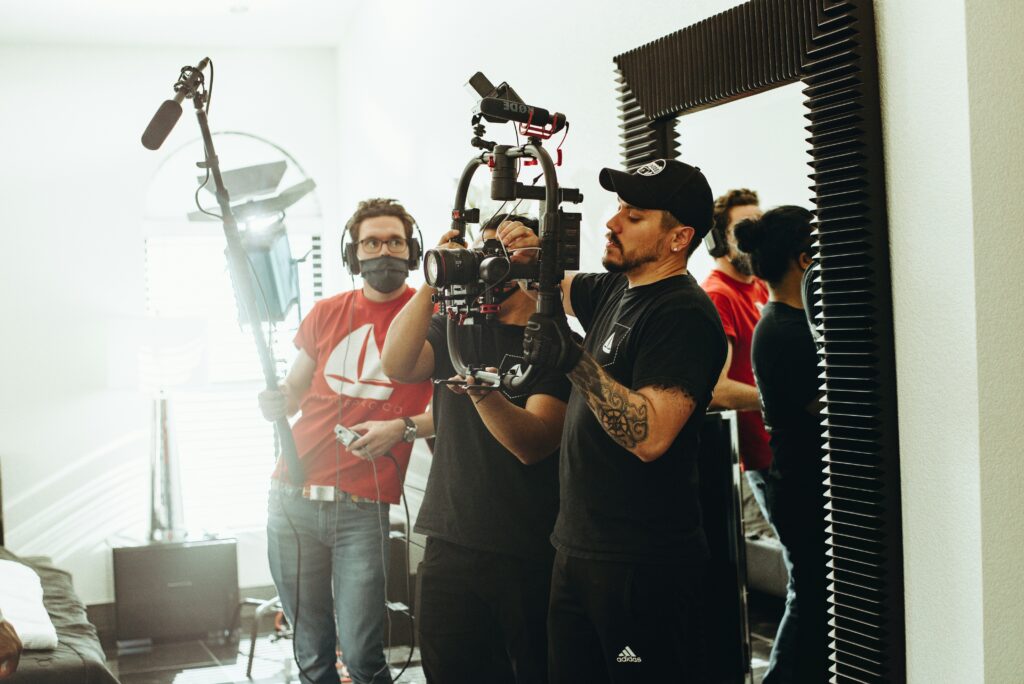
Casting and Location Scouting: The Right Choices Make a Difference
In the realm of filmmaking, casting and location scouting stand as pivotal elements during the pre-production phase. The selection of actors is not merely about finding individuals who can perform; it involves identifying those who can authentically bring the characters to life. A well-cast film can significantly elevate narrative depth and audience engagement. Hence, the casting process should be approached with careful consideration. It is advisable to conduct thorough casting calls, where talent can be evaluated through auditions that simulate real film conditions. This practice not only clarifies the ability of performers but also helps directors gauge chemistry between actors, an essential component when examining roles that interact closely within the narrative.
Similarly, location scouting plays an equally essential role in establishing the film’s tone and authenticity. Selecting shooting locations that align with the script’s atmosphere can enhance the storyline and create a more immersive experience for the audience. The chosen locations should not only complement the narrative visually but should also support logistical aspects of the production, such as permits, accessibility, and budget constraints. Filmmakers should consider locations that reflect the narrative’s themes, while also ensuring that they are practical for crew and equipment use, which directly impacts production efficiency.
Moreover, the long-term effects of these choices cannot be overlooked. Proper casting and location selection streamline the production process by minimizing the need for extensive reshoots or changes. When the right actors inhabit their roles convincingly and when locations authentically reflect the script’s setting, the overall quality of the film is enhanced, leading to a more favorable reception among audiences. Thus, investment in a strategic casting and location scouting process lays a foundational cornerstone upon which the success of the film can be built.

Storyboarding: Visualizing the Film Before Shooting
The process of storyboarding plays a crucial role in the pre-production of a film, serving as an integral visual planning tool that allows directors and cinematographers to pre-visualize their scenes. By illustrating the key moments of a film in a series of drawings, storyboards provide a clear roadmap of how each shot will look, enabling better communication among the crew. This visual representation is essential not only for lighting and camera setup but also for conveying the emotional tone of each scene, ensuring that all team members share a unified creative vision.
Storyboards work effectively as a communication tool, helping to bridge the gap between creative ideas and practical execution. When collaborating with a diverse team, including cinematographers, art directors, and actors, a storyboard ensures that everyone is aligned. It minimizes confusion and misinterpretations that can arise during the filming process. This visual blueprint acts as a reference point that clarifies how a director intends to portray a particular scene. Consequently, this leads to a more streamlined shooting schedule and an efficient use of production resources.
Various techniques exist for storyboarding, including traditional hand-drawn images, digital tools, and even rudimentary animations. Each method offers distinct benefits that cater to different workflows and preferences among filmmakers. However, the absence of such a pre-visualization framework can lead to potential challenges, including on-set improvisation that may not align with the director’s original intent. A notable example of the impact of effective storyboarding can be seen in films such as “The Lion King,” where precise visual planning allowed the filmmakers to capture the grandeur and emotional depth of the story. By utilizing storyboards, filmmakers can minimize creative discrepancies and ensure a consistent vision throughout the production process, highlighting the indispensable role of storyboarding in achieving cinematic success.
Bolanle Media is excited to announce our partnership with The Newbie Film Academy to offer comprehensive courses designed specifically for aspiring screenwriters. Whether you’re just starting out or looking to enhance your skills, our resources will provide you with the tools and knowledge needed to succeed in the competitive world of screenwriting. Join us today to unlock your creative potential and take your first steps toward crafting compelling stories that resonate with audiences. Let’s turn your ideas into impactful scripts together!
Advice
How AI Is Forcing Everyone Into the Entrepreneur Game

Remember when having an ordinary job felt safe? Those days are over. The arrival of artificial intelligence isn’t just automating tasks—it’s blowing up the very idea of job security and ushering in an era where adaptability and entrepreneurship aren’t optional, they’re survival skills. Welcome to the new game. Average is automated, and now, everyone needs to think—and act—like an entrepreneur.

AI Isn’t Coming—It’s Already Here (And It’s Taking Jobs)
It’s not sci-fi anymore. By 2025, AI and automation are expected to displace as many as 85 million jobs worldwide, from customer service roles to entry-level tech positions, with 13.7% of U.S. workers already reporting being replaced by robots or AI-driven systems. Young people are especially hard-hit: tech unemployment among 20- to 30-year-olds has jumped 3% this year alone in AI-exposed roles. And the impact isn’t slowing down. Analysts say up to 60% of jobs in advanced economies could see tasks automated in the near future, with 30% of workers fearing outright replacement.
Why Average Isn’t Enough Anymore
The old industrial world ran on “the bell curve”—reliably rewarding the middle. If you were competent, you were comfortable. But in the digital age, AI is programmed to do average things perfectly and instantly. Now, the top 10%—the specialists, the creators, the difference-makers—snap up 90% of the rewards, while the rest get left behind.

Enter: The Entrepreneur Game
Here’s the twist: being entrepreneurial isn’t just about starting a business. It’s about building a personal brand, mastering a specialty, and continually learning or creating something valuable that AI can’t easily duplicate. Tech isn’t killing opportunity—it’s changing what it looks like.
- 20 million Americans now expect to retrain for new, more creative or tech-forward careers in the next three years.
- The fastest-growing “jobs” are digital and entrepreneurial: creators, consultants, coaches, prompt engineers, content strategists, AI-human collaboration experts, and niche community builders.
- Nearly half of companies that adopted AI are now automating roles, but they’re also creating demand for new skills and products almost overnight—a perfect playground for entrepreneurial thinking.
Survival Guide: How to Play (and Win) the New Game
- Pick Your Niche: Get laser-specific. Being “good at business” is out. Being the best at “helping consultants automate YouTube marketing with AI tools” is in—and global.
- Build Digital Assets: Write, film, code, design, research—create things that can scale, sell, and build your brand, wherever you are.
- Stay Adaptable: Reskill, upskill, and don’t be afraid to jump into new industries. Today’s winners are the ones who can pivot quickly and ride the next wave, not cling to what worked last year.
- Own Your Audience: Whether it’s a newsletter following, a YouTube channel, or a private Slack group, your future depends on connecting with people who value what you do—AI can’t compete with real, human influence.

Bottom Line
AI didn’t just move the goalposts—it changed the field. Being “average” is now a risk, not a guarantee. The winners in this new economy aren’t waiting for work to come to them—they’re proactively creating, collaborating, and cashing in on the skills, products, and experiences AI can’t touch. The entrepreneur game isn’t just for founders anymore. Ready or not, it’s for everyone.
Advice
How to Make Your Indie Film Pay Off Without Losing Half to Distributors
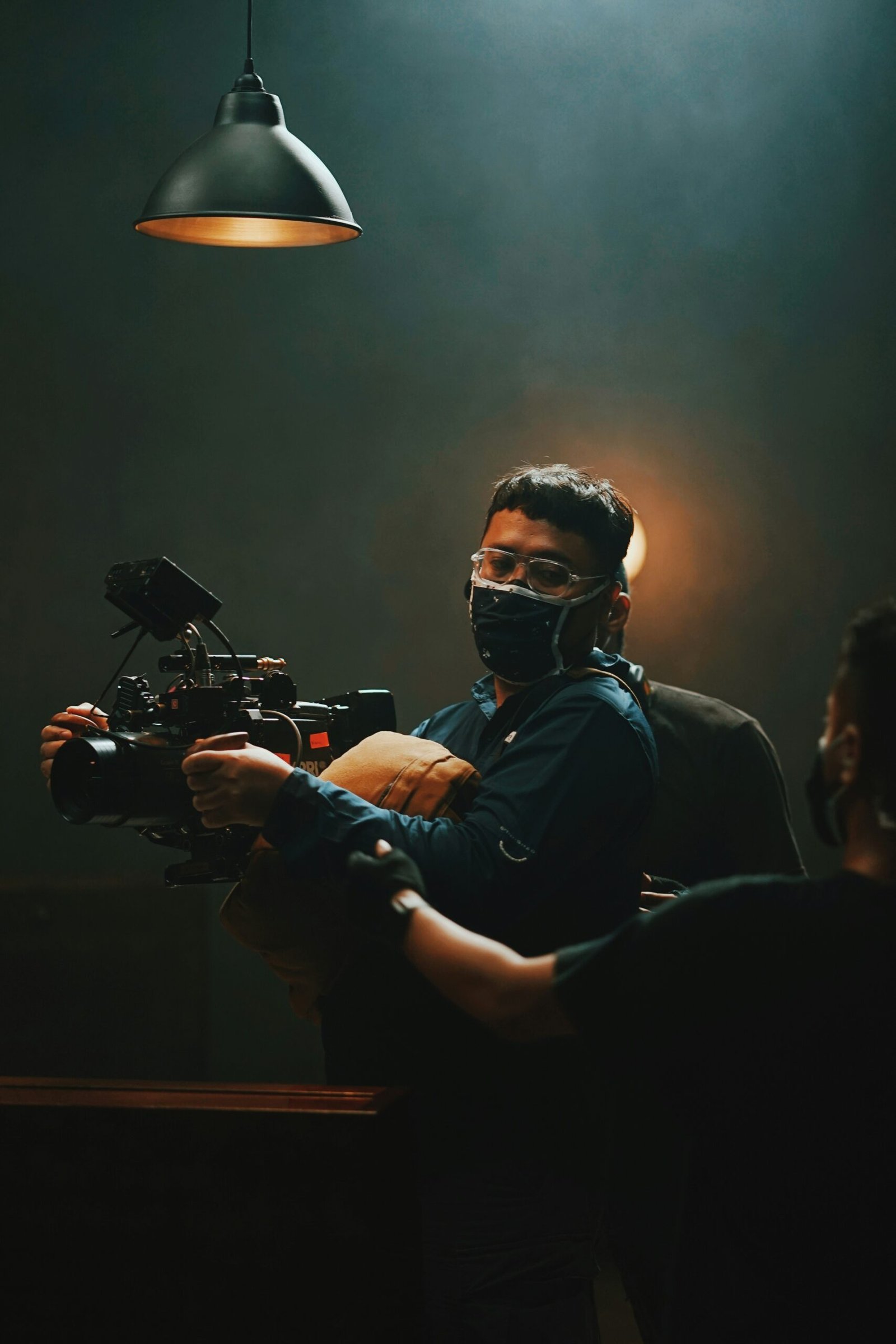
Making an independent film is often a labor of love that can take years, countless hours, energy, and a significant financial investment. Yet, for many indie filmmakers, the hardest part is recouping that investment and making money once the film is finished. A common pitfall is losing a large portion of revenue—often half or more—to sales agents, distributors, and marketing expenses. However, with the right knowledge, strategy, and effort, indie filmmakers can maximize their film’s earnings without giving away so much control or profit.

Here is a comprehensive guide to keeping more of your film’s revenue and ensuring your film gets the audience and financial return it deserves.
Understanding the Distribution Landscape
Most indie filmmakers traditionally rely on sales agents and distributors to get their films to audiences. Sales agents typically take 15-20%, and distributors can take another 20-35%, easily cutting your revenue share by half right from the start. Additionally, marketing costs that may be deducted can range from a few thousand to upwards of $15,000, further eating into profits. The accounting is often opaque, making it difficult to know how much you truly earned.
Distributors nowadays tend to focus on worldwide rights deals and use aggregators to place films on streaming platforms like Amazon, Apple TV, and Tubi. These deals often do not fetch the best revenue for most indie filmmakers. Many distributors also do limited outreach, reaching only a small number of potential buyers, which can limit the sales opportunities for your film.
Becoming Your Own Sales Agent
One of the most important shifts indie filmmakers must make today is to become their own sales agents. Instead of relying entirely on intermediaries, you should learn the art and business of distribution:
- Research and build an extensive list of distributors worldwide. Top filmmakers have compiled lists of hundreds of distributors by country and genre. Going wide increases your chances of multiple revenue deals.
- Send personalized pitches to hundreds of distributors, showcasing your finished film, cast details (including social media following), genre, logline, and trailer. Ask if they want to see the full feature.
- Don’t settle for a single distributor or a big-name company that may not prioritize your film. Instead, aim for multiple minimum guarantees (MGs) from niche distributors in individual territories like Germany, Japan, and the UK.
- Maintain transparent communication and track every outreach effort carefully.

Pitching and Marketing Tips
When pitching your film:
- Highlight key genre elements and target audience since distributors are often risk-averse and look for specific film types.
- Include social media metrics or fanbase counts, which can make your film more attractive.
- Provide a strong one-minute trailer and a concise logline.
- Be prepared for rejections; even a 5% positive response rate is success.
Marketing is also crucial and can’t be left solely to distributors. Understanding and managing your marketing efforts—or at least closely overseeing budgets and strategies—ensures your film stands out and reaches viewers directly.
Self-Distribution and Hybrid Models
If traditional distribution offers no appealing deals, self-distribution can be a viable option:
- Platforms like Vimeo On Demand, Amazon Prime Direct, and YouTube allow you to upload, price, and market your film directly to audiences while retaining full creative and revenue control.
- Aggregators like Filmhub and Quiver help place self-distributed films on multiple streaming services, often for a reasonable fee or revenue share.
- The hybrid distribution model combines some traditional distribution deals with self-distribution, maximizing revenue streams, audience reach, and control over your film’s destiny.
Takeaway: Be Proactive and Entrepreneurial
The indie filmmaking world is now as much about entrepreneurship as artistry. Knowing distribution essentials, taking ownership of your sales process, and actively marketing your film are no longer optional—they are key for financial success.
By investing time in outreach, exploring multiple territories, securing minimum guarantees, and considering hybrid or self-distribution approaches, indie filmmakers can keep more of their earnings, increase their film’s audience, and avoid being sidelined by opaque deals and slim returns.
The days of handing your film over to a distributor and hoping for the best are gone. The winning formula today is to be your own sales agent, marketer, and advocate—empowered to make your indie film pay off.
Advice
How to Absorb Books 3x Faster in 7 Days

Reading is one of the most powerful skills you can develop — but most people read far slower than they could, spend time on information that doesn’t matter, and then forget what they read a week later. The Triforce Method changes that. It’s a three-part strategy that helps you increase your reading speed, focus on the most important details, and actually remember and use what you’ve learned.

Strategy 1: Increase Your Baseline Reading Speed
The first step is to read faster — but not by rushing. Instead, you’ll train your brain and eyes to process information more efficiently.
1. Remove Your Internal Monologue
Most people “hear” the words in their head when reading. This subvocalization caps your speed to that of normal speech — about 200–250 words per minute. To double your speed, you need to see the words, not hear them.

Think about a stop sign — you don’t sound out “STOP” in your head; you just recognize it instantly. You can train this with tools like Spreeder (free, not sponsored), which flashes text at higher speeds and groups words together. This forces your brain to process visually rather than subvocally.
With practice, this feels natural — the author of this method went from 250 wpm to over 500 wpm in just a short time.
2. Use a Visual Tracker
Your eyes aren’t naturally smooth when moving across text — small jerks and backtracking slow you down. Try this:
- Look at your screen and move your eyes from left to right. Notice the small jitters.
- Now put your finger or a pen in front of you and track it smoothly. Immediately, your motion is more consistent.
A tracker (your finger, a pen, or even a cursor) keeps your eyes moving forward, prevents regression, and lets you maintain speed. Over time, increase your tracking speed. This alone can add another 100+ words per minute to your pace.
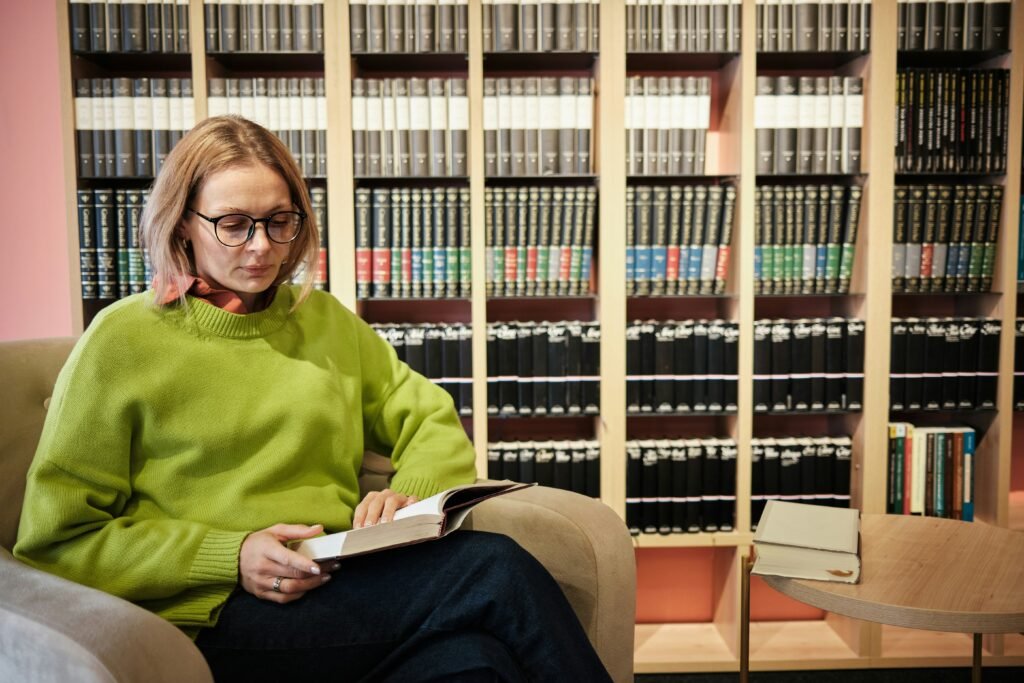
Strategy 2: Have a Reading Strategy
Speed means nothing if you waste time on unimportant details. The second step is knowing when to read fast and when to slow down — especially for non-fiction.
The 80/20 Rule
In most non-fiction books, 80% of the value comes from 20% of the content. The rest is often filler, examples, or repetition.
For example, in Atomic Habits, the core lessons are surrounded by stories and case studies. Using the Triforce Method:
- Read most sections quickly (internal monologue removed, visual tracker engaged).
- When you hit a “golden nugget” of advice, slow down, think about it, and absorb it.
The key here: adapt your speed based on content. Reading 700 wpm during a key concept will reduce comprehension — so drop to 500 wpm or less when it matters.
Avoid “highlighting every sentence” syndrome. Focus on what really moves the needle.
Strategy 3: Summarise and Consolidate
Reading faster and smarter means nothing if you immediately forget what you’ve read. The third pillar of the Triforce Method is about retention and application.
Summarising
After each page, summarise it in 1–2 sentences in your own words. Even “nothing important happened here” counts. This habit forces your brain to engage with the material and improves comprehension.
Consolidating
Especially for non-fiction, you must take action on what you read. Learning is about changing behavior, not just collecting ideas.
Example: After reading about habit tracking in Atomic Habits, actually start tracking your habits that day — don’t just file the advice away for “someday.” The author of this method even paused reading for 24 hours to implement changes before continuing.
If you don’t change anything after reading, you haven’t truly learned.

When to Use This Method
- Learning-focused reading: Non-fiction, textbooks, technical guides, exam prep — anytime speed, focus, and retention matter.
- Enjoyment reading: Fiction, poetry, or literature may not require all these techniques — unless you want to increase speed intentionally.
The Bottom Line
The Triforce Method combines:
- Speed – Removing subvocalization + using a visual tracker.
- Strategy – Applying the 80/20 rule and adapting your pace.
- Retention – Summarising and acting on what you read.
With consistent practice, you can double your reading speed, focus only on what matters, and actually remember and use the information.
If you’d like, I can also make a condensed, visually appealing infographic summarizing the three strategies in the Triforce Method so it’s easier to refer back to.
Do you want me to prepare that next?

 Entertainment4 weeks ago
Entertainment4 weeks agoWicked Sequel Disappoints Fans: Audience Verdict on For Good

 Entertainment4 weeks ago
Entertainment4 weeks agoAriana & Cynthia Say They’re in a ‘Non‑Demi Curious, Semi‑Binary’ Relationship… WTF Does That Even Mean?

 News4 weeks ago
News4 weeks agoMexico Bans Dophin Shows Nationwide

 Entertainment3 weeks ago
Entertainment3 weeks agoColombia’s ‘Doll’ Arrest: Police Say a 23-Year-Old Orchestrated Hits, Including Her Ex’s Murder

 Entertainment4 weeks ago
Entertainment4 weeks agoHow The Grinch Became The Richest Christmas Movie Ever

 Entertainment4 weeks ago
Entertainment4 weeks agoMiley Cyrus Is Engaged to Maxx Morando

 News4 weeks ago
News4 weeks agoUS May Completely Cut Income Tax Due to Tariff Revenue

 Business3 weeks ago
Business3 weeks agoLuana Lopes Lara: How a 29‑Year‑Old Became the Youngest Self‑Made Woman Billionaire






